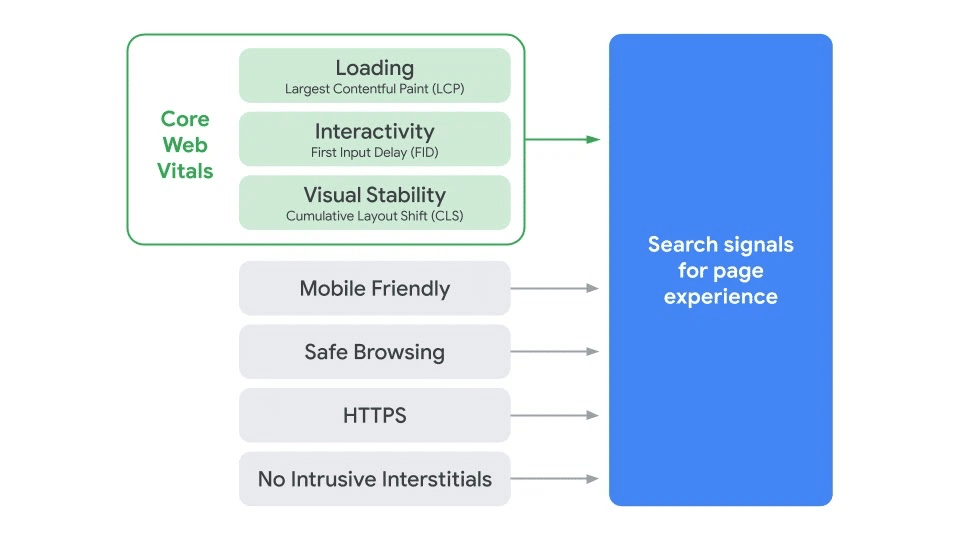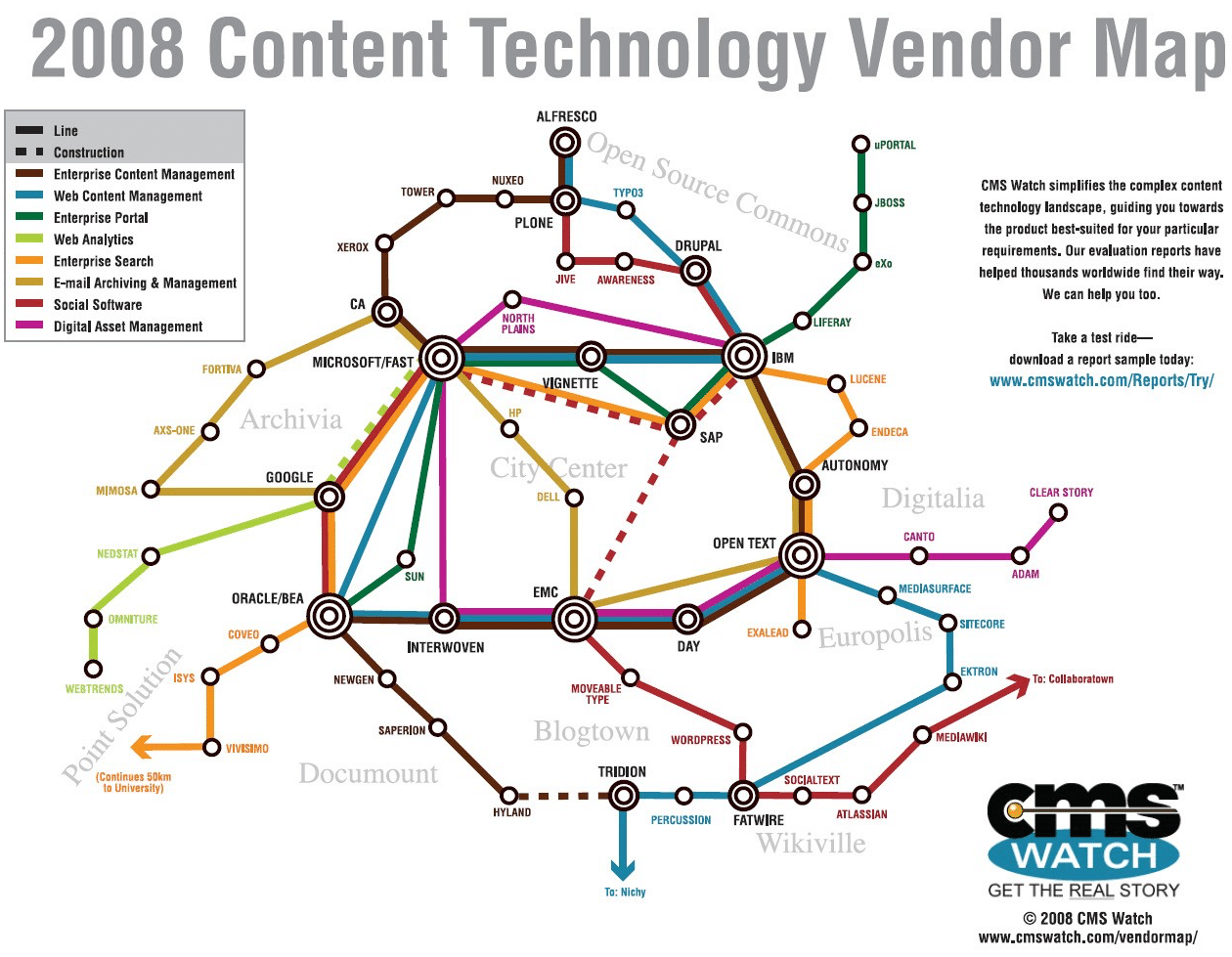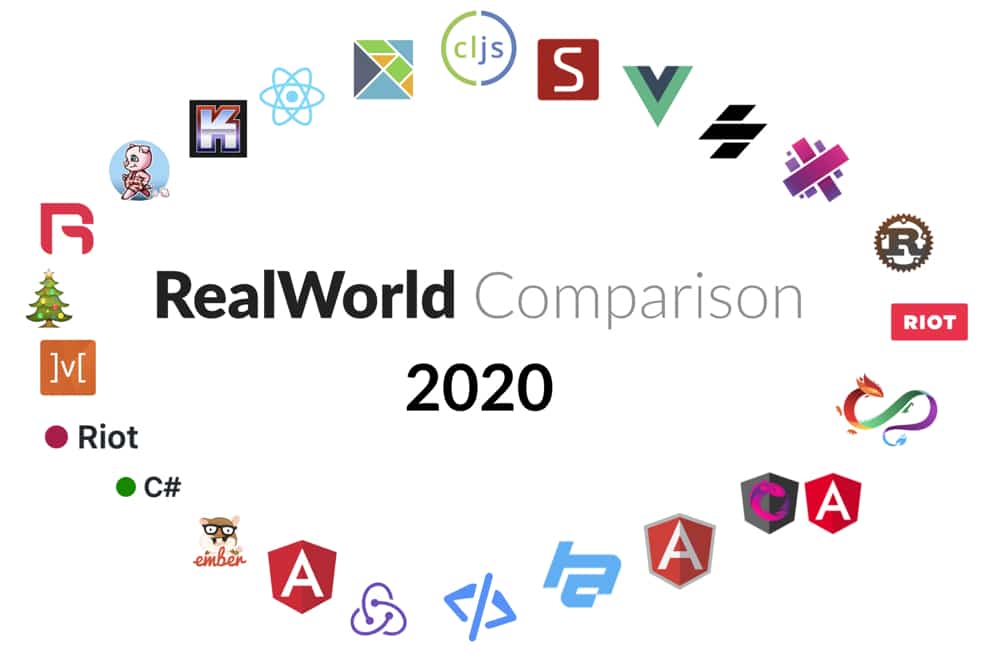Thank you veterans! Have a great Veteran’s Day.
A new era of innovation and trust in data
Says Tim Berners-Lee in his announcement of “the first enterprise-ready version of a Solid Server, Inrupt’s ESS”. Solid (Socialized Linked Data). Solid is a standards based open source project Berners-Lee and others from MIT started around 2015, and Inrupt is a company created to build a commercial ecosystem for decentralized Solid applications that allow for personal control of online data access and use. The question since then has been whether his vision of the future of the web, which was certainly appealing, would work commercially. What’s important about this announcement are working implementations of Solid at media, financial, and government organizations, and its availability for any organization.

To learn more about the Solid Server…
Ad Tech could be the next internet bubble
That ad tech and microtargeting are a mess is probably not news to you, and you (advertiser, publisher, and consumer) may be looking forward to a reckoning, especially for the smiling ad salespeople, faceless middlemen, fraudsters taking cuts, and ad-filled tracking websites. But it is worth paying attention to the various repercussions, including worst case scenarios. Gilad Edelman mentions one such outcome in the title of his post and points to the same cause in his subtitle, “The scariest thing about microtargeted ads is that they just don’t work.”
The developer experience gap
Stephen O’Grady’s (1,827 word) piece is an excellent read for anybody interested in developer productivity, as well as for developers.
Fragmentation makes it impossible for vendors to natively supply the requisite components for a fully integrated toolchain. That does not change the reality, however, that developers are forced to borrow time from writing code and redirect it towards managing the issues associated with highly complex, multi-factor developer toolchains held together in places by duct tape and baling wire. This, then, is the developer experience gap. The same market that offers developers any infrastructure primitive they could possibly want is simultaneously telling them that piecing them together is a developer’s problem. The technology landscape today is a Scrooge McDuck-level embarrassment of riches.
Debunking seven common myths about cloud
McKinsey…
Many of today’s beliefs about cloud are based on misconceptions fed by stories of adoptions gone wrong or fears of significant change. These beliefs get in the way of deeply understanding the positive business, operational, and economic impacts of cloud and must be addressed to enable organizations to capture cloud’s full value.
Also…
- Average UX Improvements are shrinking, and that’s a good thing, via Nielsen Norman Group
- It’s not always so hard… Artificial intelligence as a public service: learning from Amsterdam and Helsinki, Luciano Floridi, via Springer
- How to stop Google self-preferencing? Europe may not be the model, via The Markup
- Pick your definitions carefully… Market definitions and tech monopolies via Benedict Evans
The Gilbane Advisor is curated by Frank Gilbane for content technology, computing, and digital experience professionals. The focus is on strategic technologies. We publish more or less twice a month except for August and December. We do not sell or share personal data.
Subscribe | Feed | View online | Editorial policy | Privacy policy










